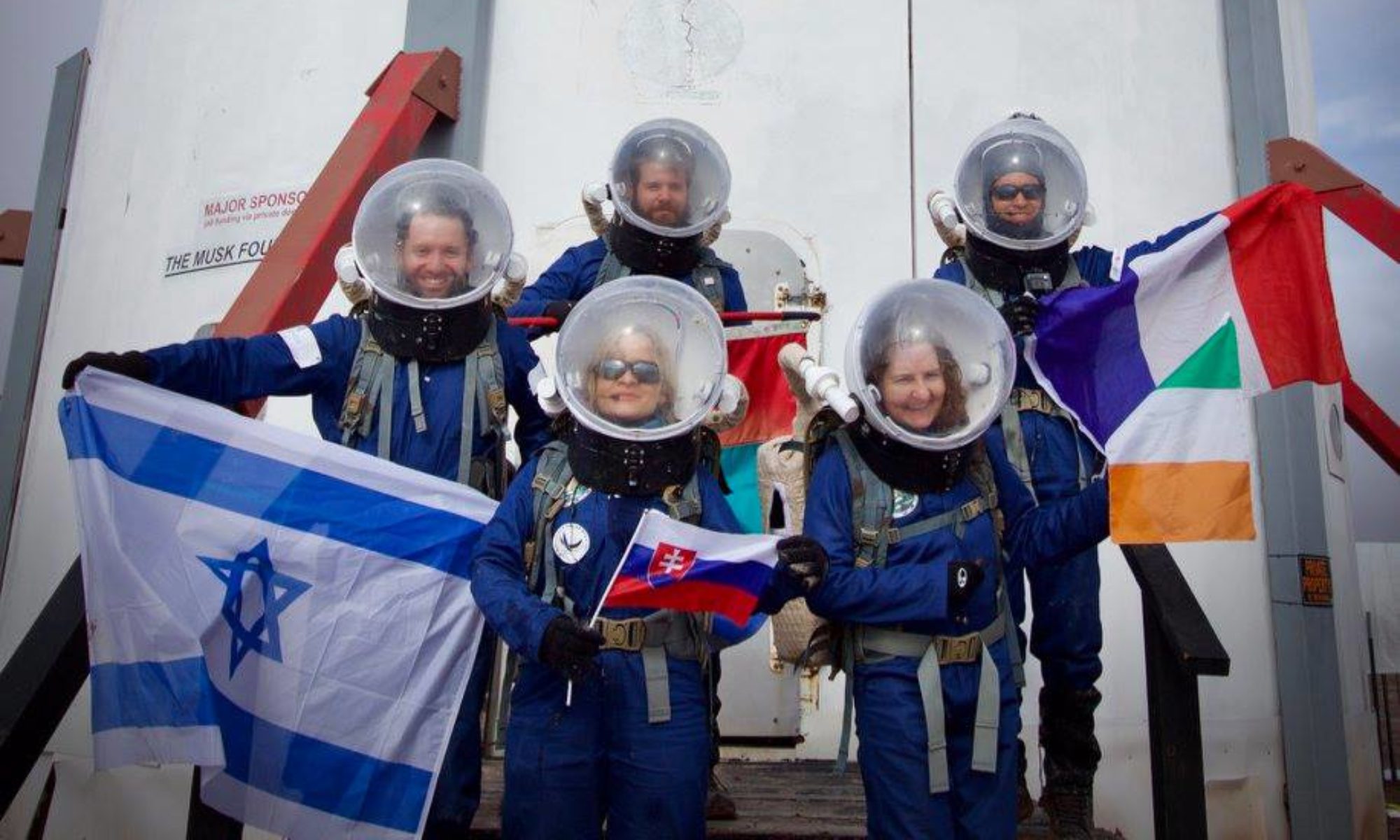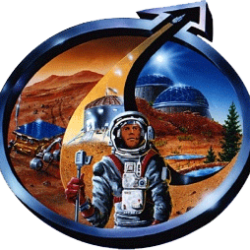Research Report 11 December 2019
Crew 217 – NSBU 217
Sol 2
Submitted by Science Officers Kevin Berean & Ann Rockett
1. Sharing of Mars and Space-related Classroom Activities:
Crew members spent 4 hours on SOL 1 in a routable discussion sharing
Mars and space-related classroom activities. Additional time has also
been spent on SOL 1 and SOL 2 as the SIM unfolds discussing ways in
which we can incorporate this firsthand experience into classroom
lessons and activities.
2. Conducting a Biodiversity Survey of Ephemeral Potholes in a
Mars Analog:
Four crew members conducted an EVA on SOL 2 (that commenced at 10:15AM
and ended at 12:30PM) and biodiversity samples were extracted from
three ephemeral potholes at 4256500, 518500. PH and salinity readings
were also taken and recorded for each pothole. Samples from Pothole 1
and Pothole 2 underwent a preliminary examination under a microscope
in the MDRS Science Dome. Further examination of said samples will
take place on SOL 3.
3. Investigating if Life Exists in a Green Layer of the Morrison
Strata that is Exposed Throughout the MDRS Exploration Area:
Four Crew Members conducted an EVA on SOL 2 (that commenced at 10:15AM
and ended at 12:13PM) and samples were extracted from a green layer of
the Morrison Strata at 4256500, 518500. Three samples were taken for
investigation: sample 1 from the bottom of the green layer; sample 2
form the middle of the green layer; and sample 3 from the top of the
green layer. All three samples were ground, plated and placed in the
incubator at room at 27°C.
4. Search for Halophiles in Surface Gypsum:
Gypsum samples were collected during the two EVAs today. Gypsum
samples from the morning EVA (that commenced at 10:15AM and ended at
12:30PM) were collected on Cow Dung Road and ground and plated. Gypsum
samples from the afternoon EVA (that commenced at 3:40PM and ended at
5:00PM) were collected at the Moon overlook.
5. Exploration of Ways to Communicate with Classrooms at MDRS.
The crew continues to brainstorm ways in which future NSBU crews can
communicate with classrooms during the SIM. Setting up a Flipgrid
classroom is one way NSBU crews can communicate with classrooms during
a SIM. In a Flipgrid platform, the NSBU teacher can post videos from
MDRS during SIM to “the grid” that his/her students can access and
watch via their established Flipgrid accounts. The students can then,
in turn, post questions via video back to the NSBU teacher for his/her
response. Students can also pose questions to each other via the
Flipgrid. This method is currently being piloted and tested by one of
our crew members and she has been able to post a video for her
classrooms on SOL 1 and SOL 2, which has generated 18 question/reply
videos from her students. The only issue that has surfaced using this
method is the difficulty establishing an internet connection.
Like this:
Like Loading...
Related

